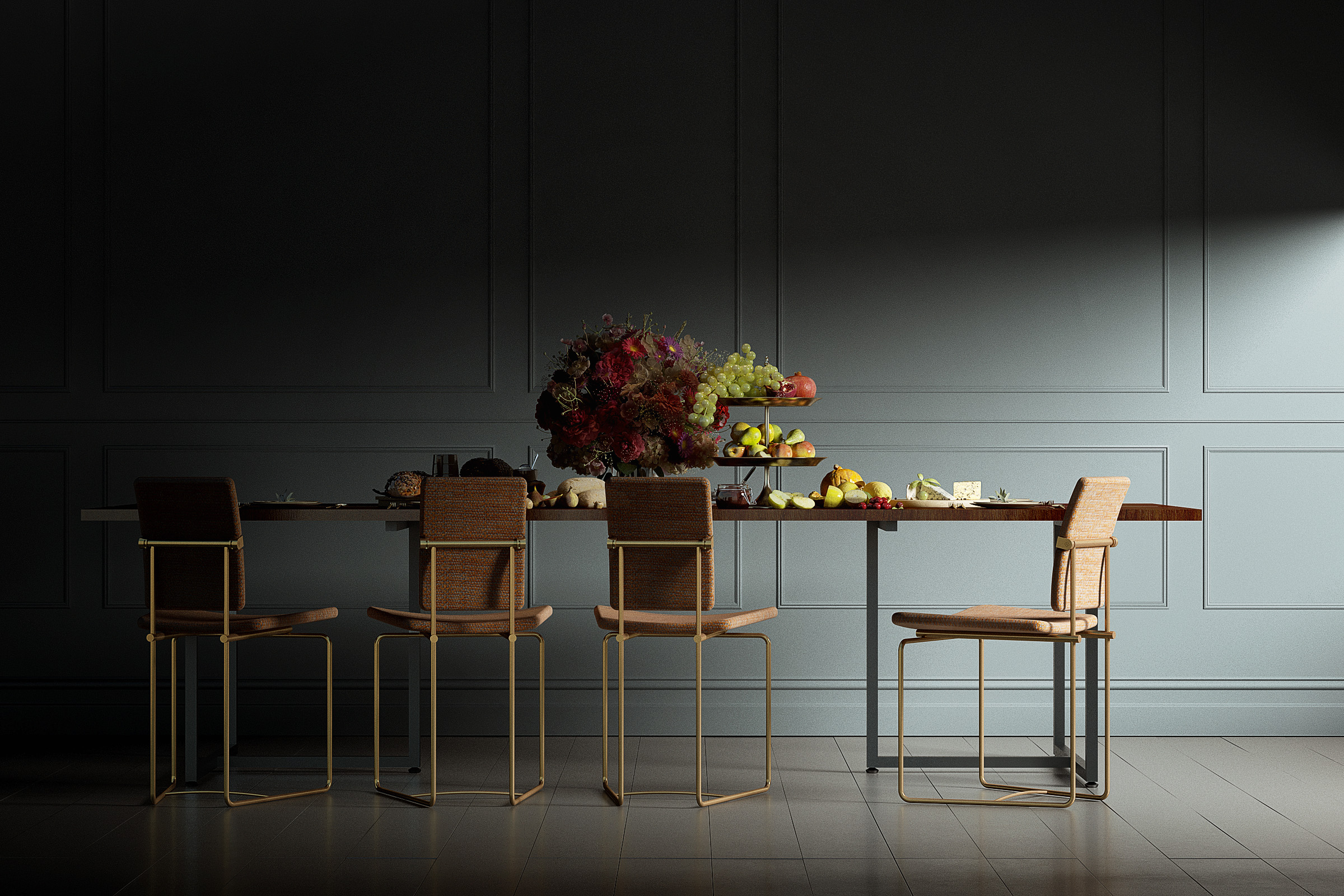In 1970, Peter Ghyczy invented a revolutionary new way of constructing furniture that would go on to define his life’s work and radically influence the global design industry. The Hungarian-born architect and designer – who had fled to Germany with his family in 1956 at the age of 16 – came up with an elegant process, which involves clamping a glass plate between two cast metal elements. The pioneering technique was the driving concept behind a glass coffee table and went on to be used for everything from chairs and loungers to dining tables, allowing a delicate airiness that belies the robust construction.
The following year, based on the success of his early furniture pieces, Peter founded his eponymous luxury furniture brand, GHYCZY (pronounced git-si). “I had no intention of becoming a furniture producer,” he recalls. “I have always been interested in how furniture is made and I wanted to demonstrate that this kind of furniture was possible.” In 1974, he relocated to The Netherlands, where the atelier remains today, nestled in the flatlands of Swalmen.
For the past five decades, Peter has remained the brand’s sole designer, collaborating closely with the in-house artisans who specialise in woodworking, metalworking and upholstery as well as a network of local suppliers. In 2014, when Peter was 74, his youngest son, Felix, joined as owner and CEO.
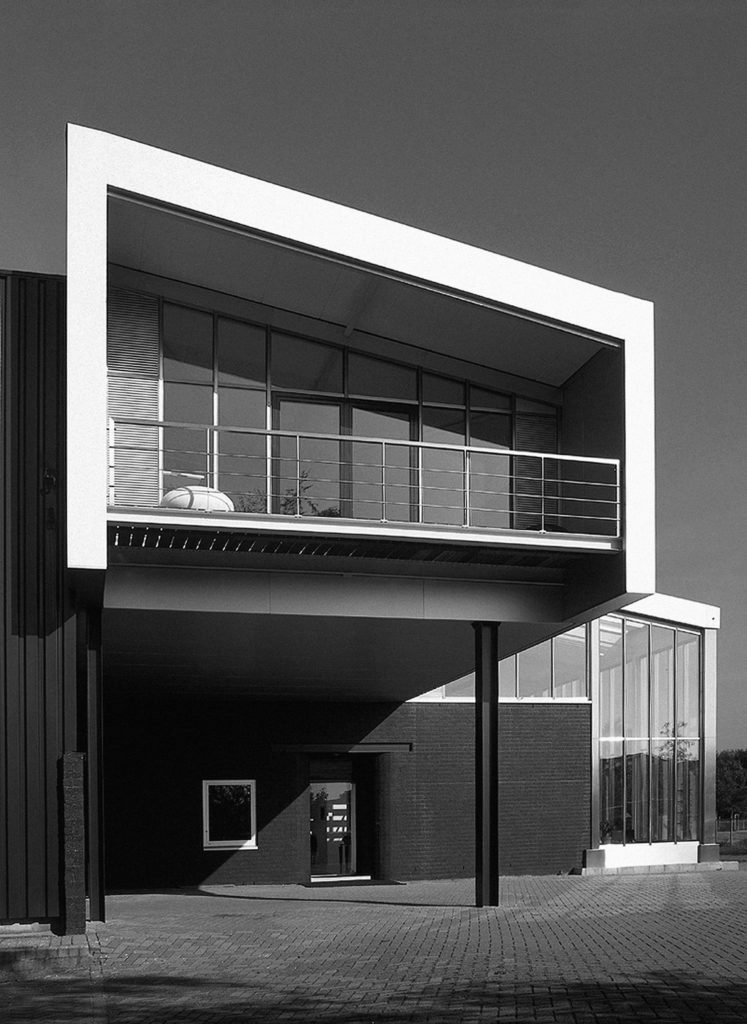
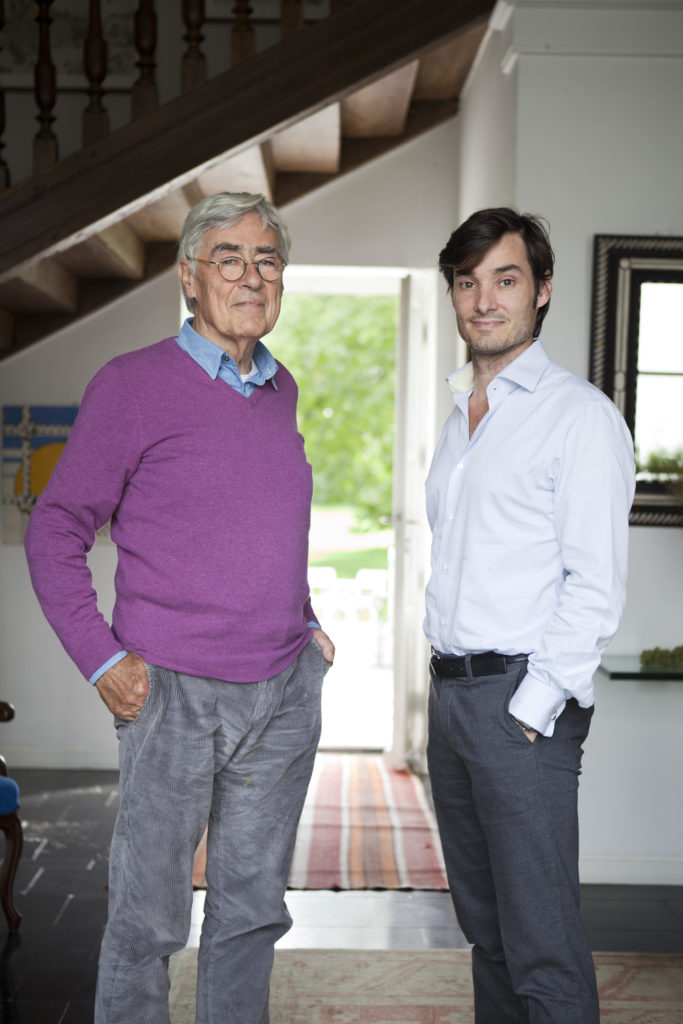
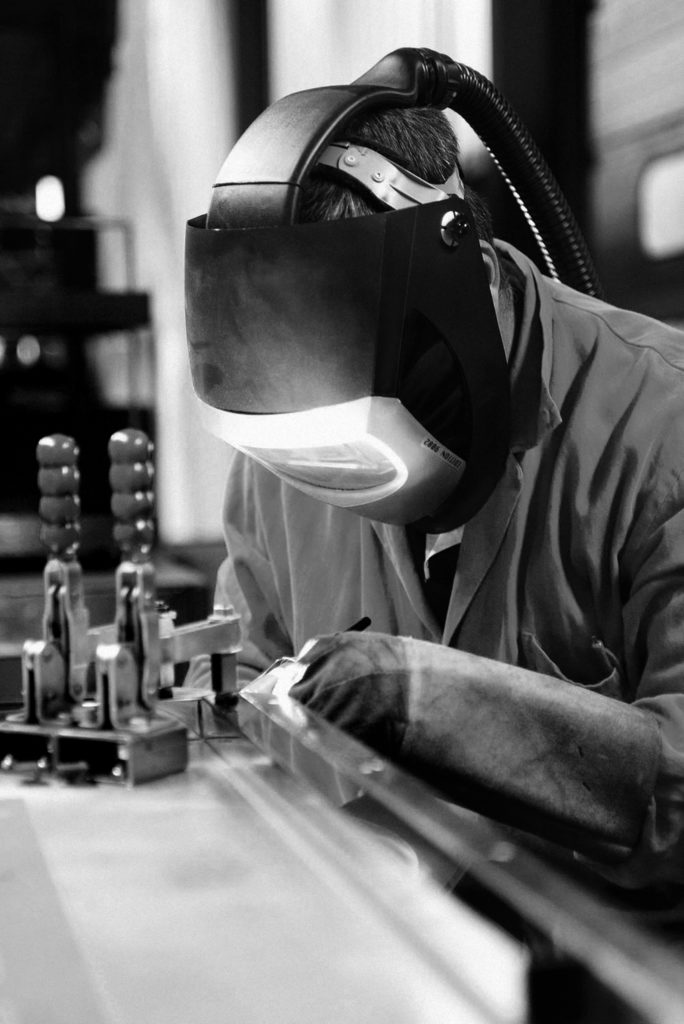
“When it was decided I would take over the company I was honoured,” Felix recalls. “My father is the designer and I didn’t want to compete with him, so I stepped into strategic marketing and production responsibilities. He explains his new designs to me and then I think about whether the product can fit into the collection and fine-tune it. I stand behind his philosophy and translate his design DNA into our marketing.”
This division of the company between father and son has left Peter free to focus entirely on design work, which is where his real passion has always been – and he still spends several hours a day, seven days a week in the atelier. “It has had a very positive effect on my creativity,” he says. “The most beautiful moments are when I realise a product from an idea. That moment of creation is like playing God. I am making products that didn’t exist before and am part of an evolution.”
The most beautiful moments are when I realise a product from an idea. That moment of creation is like playing God. I am making products that didn’t exist before and am part of an evolution – Peter Ghyczy, founder of GHYCZY
From the very beginning, GHYCZY has been defined by an elegant and timeless style that represents the singular vision of Peter as a designer, as well as innovative construction techniques that are remarkable for both their inspired technical mastery and visual discreteness. Take the casting and clamping technique that the brand is known for, which has influenced the wider design industry for decades – including industry giants and household names.
“My ideas have become very broadly distributed,” says Peter. “In the beginning, I was very angry that my ideas were stolen. The attack on my collection was like a burglar breaking into my house and taking everything. But, if you design something very good, it will be copied.”
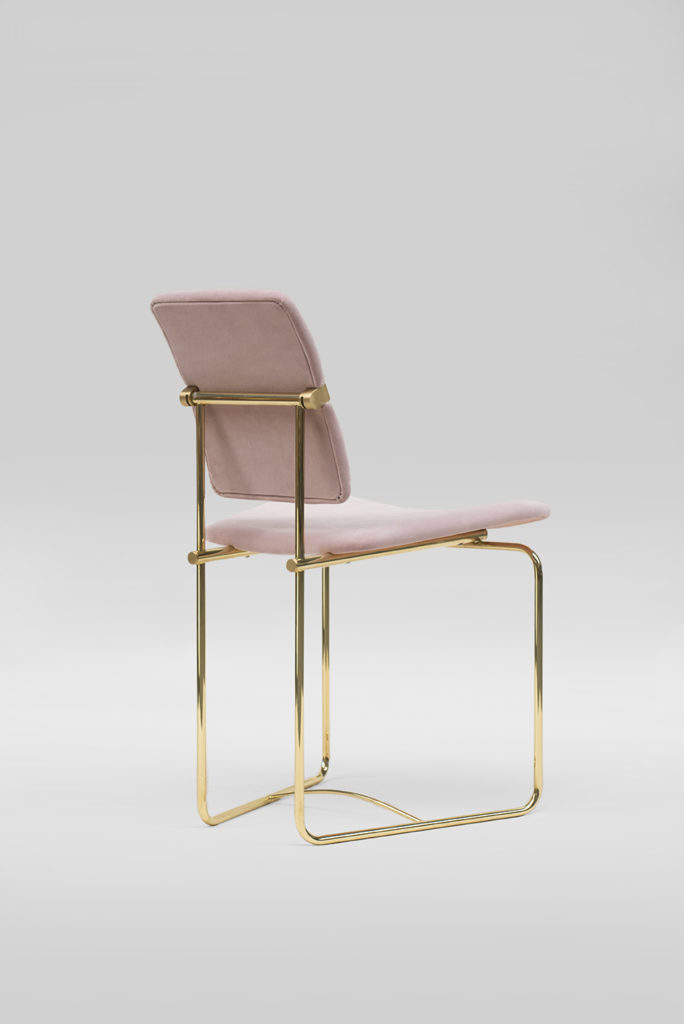
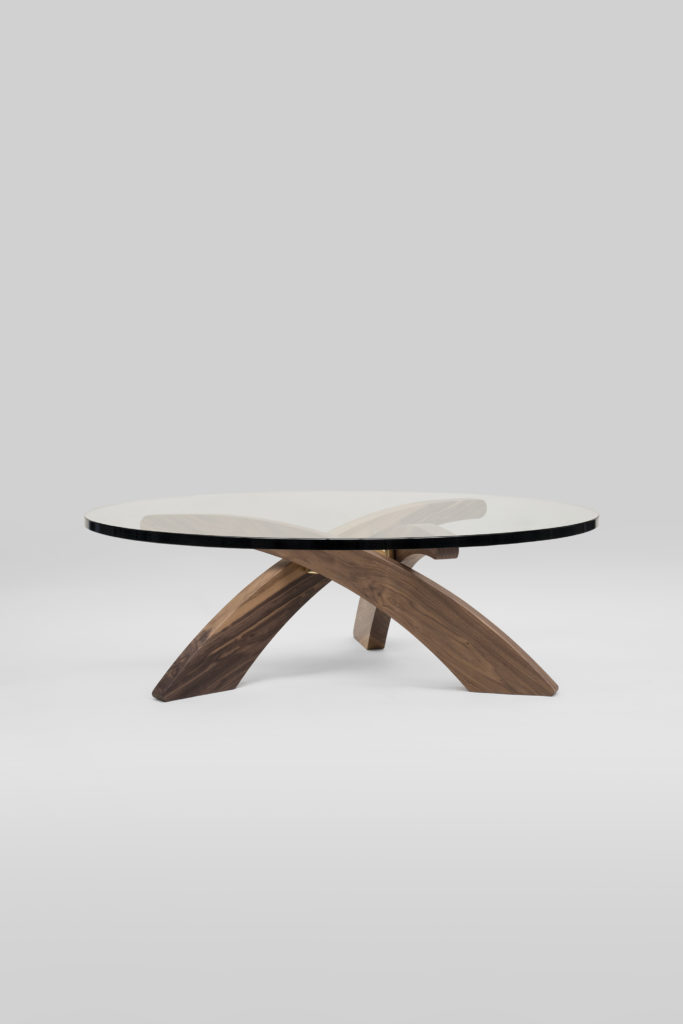

Peter’s use of materials has also remained a constant over the years, and he favours materials that will age gracefully and remain timeless – an approach which is remarkably relevant to today’s concerns around the longevity of the products we own and sustainability. Cast brass, steel and aluminium elements are polished by hand and solid timber is finished with natural oils, each process designed to enhance the individual character of each piece. For both Peter and Felix, accumulated signs of wear – scratches, marks, and scuffs – are not regarded as blemishes but only add to the unique beauty of their furniture.
Like his construction techniques and material palette, much of Peter’s design language demonstrates a remarkable prescience. Jodie, for example, is a Bauhaus-style chair crafted from round metal tubes with two cast metal details that clamp an elegant pivoting backrest. The chair was launched in 1986, but anticipated more recent trends towards active sitting. “Sometimes when I don’t like my father’s designs, I need to be patient as he is often many years ahead of what people will like,” jokes Felix.
Part of Felix’s influence on the brand is a desire to modernise and expand the collection, retaining the timeless, trend-defying style that characterises his father’s work while catering to market demands. This has translated to less of a focus on the glass coffee tables that Peter has always been drawn to designing, and the introduction of more upholstery and lamps to create a holistic offering for interior designers.
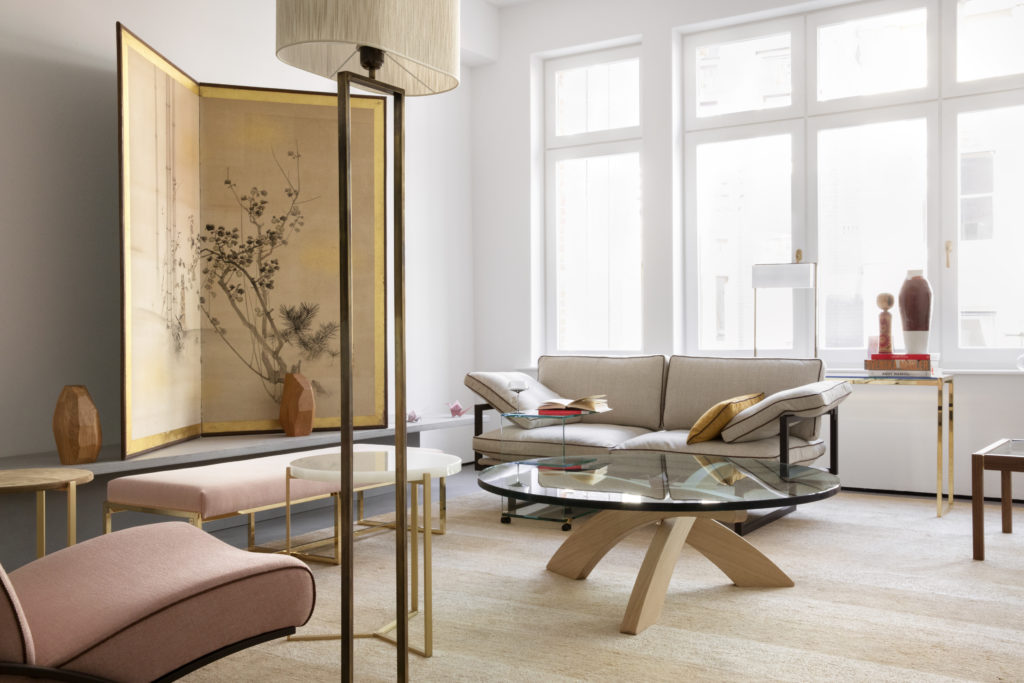
“It’s beautiful to work with your father,” he says. “However, when you take over a family company, it is difficult as a lot of decisions have not been made from a business sense but from the heart.”
Felix is also interested in collaborating with different manufacturers to bring new life to existing products as limited editions. “When we find a new supplier or technique, that can lead to new designs,” says Felix. “People often ask why we have our own atelier and work only with local suppliers – we believe you need to be in close contact with the artisans. You have the same vision, speak the same language and that creates a positive energy.”
Take the pneumatic Dolly lamp, for example, which was designed in 2018 and playfully takes inspiration from Dolly Parton’s feminine figure. The existing lamp features blown glass shades connected by a cast metal ring on a stand, but there are plans to work with a local stone producer to create an exaggerated version of the lamp head that sits on the floor and is crafted from translucent onyx. “Our goal is not to be the next big brand in volume but to stay in our niche and build a global awareness,” says Felix. “We want to create timeless, long-lasting pieces that are not quite art, but not quite furniture – and with a unique design language that is not Modernism, Bauhaus, or Mid-Century, but all these things combined into my father’s own style. In the future, it would be my dream to have a GHYCZY style.”
Effect Magazine is brought to you by Effetto



